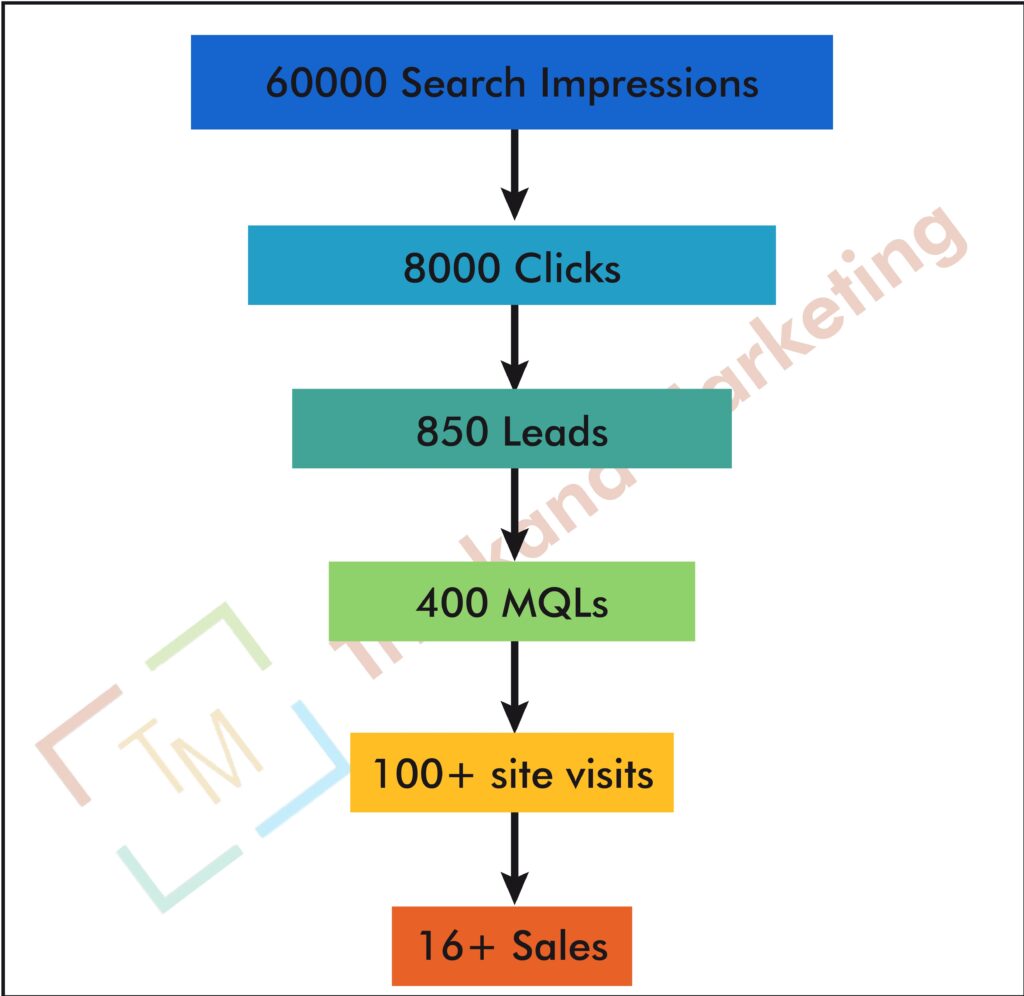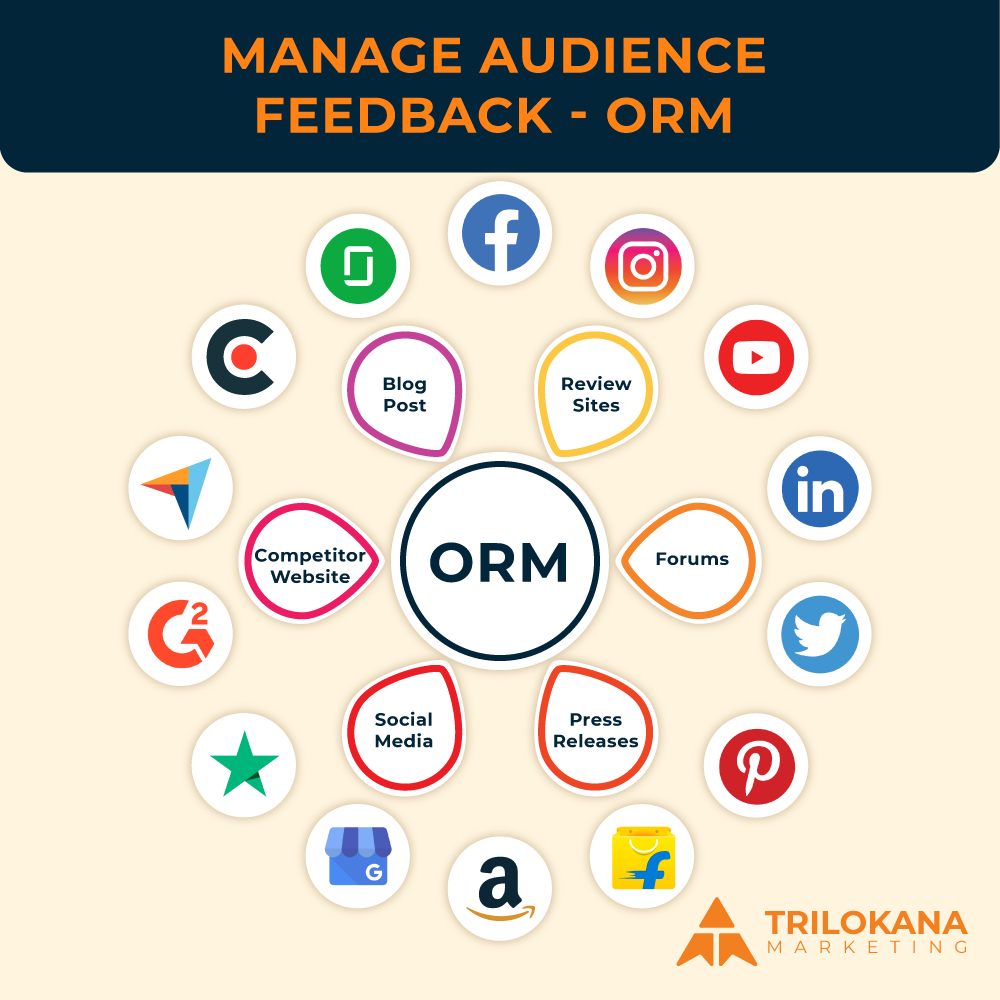Introduction
Maintaining the security and up-to-date status of your WordPress site is crucial for safeguarding your online presence. As one of the most popular content management systems, WordPress is a prime target for cyber threats. Regular updates and vigilant security practices are essential to ensure your site remains secure and performs optimally. In this guide, we’ll explore practical steps and best practices to keep your WordPress site both secure and updated.
Understanding WordPress Security
WordPress Security: The Basics
WordPress security involves protecting your website from unauthorized access, data breaches, and other cyber threats. The open-source nature of WordPress makes it a frequent target for hackers. Securing your site requires a multi-layered approach, including strong passwords, regular updates, and robust security plugins.
Why Regular Updates Matter
Updates are crucial for maintaining the security and functionality of your WordPress site. They often include patches for vulnerabilities, improvements to existing features, and new functionalities. Keeping your WordPress core, themes, and plugins updated helps protect your site from known exploits and ensures compatibility with the latest web standards.
Best Practices for WordPress Security
- Use Strong Passwords and User Permissions
Ensure that all user accounts on your WordPress site use strong, unique passwords. Avoid using default usernames like “admin,” and instead create custom usernames that are less predictable. Implementing strong password policies and restricting user permissions to only what is necessary can significantly reduce the risk of unauthorized access.
- Install a WordPress Security Plugin
Security plugins can add an extra layer of protection to your site. Popular options include Wordfence, Sucuri Security, and iThemes Security. These plugins offer features such as firewall protection, malware scanning, and login attempt monitoring.
- Enable Two-Factor Authentication
Two-factor authentication (2FA) adds an additional layer of security by requiring users to provide two forms of identification before accessing the site. This can include a combination of a password and a verification code sent to a mobile device or email.
- Keep Your WordPress Core, Themes, and Plugins Updated
Regularly updating your WordPress core, themes, and plugins is essential for security. Updates often include patches for vulnerabilities and compatibility improvements. Enable automatic updates where possible, but also regularly check for updates manually.
- Use a Secure Hosting Provider
Choose a hosting provider known for its security practices. Look for features such as SSL certificates, firewalls, and regular backups. A good hosting provider will also offer support for WordPress-specific security concerns.
- Regular Backups
Regular backups ensure that you can restore your site in the event of a security breach or data loss. Use reliable backup plugins like UpdraftPlus or BackupBuddy to automate the backup process. Store backups in multiple locations, including offsite or cloud storage.
- Implement SSL Certificates
SSL (Secure Sockets Layer) certificates encrypt data transmitted between your site and its visitors, enhancing security. Many hosting providers offer free SSL certificates through Let’s Encrypt. Enabling SSL not only secures data but also boosts your site’s credibility and search engine ranking.
- Monitor and Audit Your Site
Regular monitoring and auditing can help detect security issues before they become major problems. Use security plugins or services that provide activity logs, security alerts, and site scans. Regularly review these logs to identify any suspicious activity.
- Limit Login Attempts
Limiting login attempts helps prevent brute force attacks, where hackers try numerous password combinations to gain access. Plugins like Limit Login Attempts Reloaded can help you set limits and temporarily block IP addresses that exceed login attempt thresholds.
- Secure wp-config.php
The wp-config.php file contains sensitive information about your WordPress installation. Ensure it is protected by setting proper file permissions and moving it to a non-public directory if possible. Consider adding additional security measures such as disabling directory browsing and restricting access to the file.
Best Practices for Keeping Your WordPress Site Updated
- Enable Automatic Updates
WordPress offers the option to enable automatic updates for the core, themes, and plugins. While automatic updates can reduce the need for manual intervention, it’s important to test updates in a staging environment before applying them to your live site.
- Test Updates in a Staging Environment
Before applying updates to your live site, test them in a staging environment. This allows you to identify any potential conflicts or issues before affecting your live site. Many hosting providers offer staging environments as part of their service.
- Monitor for Plugin and Theme Compatibility
Compatibility issues can arise when updating plugins or themes. Regularly check for compatibility with your WordPress version and other installed plugins. Review update notes and user feedback before applying updates to ensure they won’t negatively impact your site’s functionality.
- Keep a Changelog
Maintain a changelog of updates applied to your site. This can help you track changes, identify potential issues, and roll back updates if necessary. Documenting changes also provides insight into the history of your site’s updates.
- Review and Clean Up Unused Plugins and Themes
Remove any plugins or themes that are no longer in use. Unused plugins and themes can pose security risks and lead to compatibility issues. Regularly review your installed plugins and themes, and delete any that are unnecessary.
- Stay Informed About WordPress Security News
Keep yourself informed about the latest WordPress security news and updates. Follow WordPress blogs, forums, and security newsletters to stay aware of new vulnerabilities and security practices.
- Educate Your Team
Ensure that everyone involved in managing your WordPress site is aware of security best practices and update procedures. Providing training and resources can help prevent security lapses and ensure a proactive approach to site maintenance.
- Implement a Security Policy
Develop a security policy that outlines procedures for managing updates, backups, and security practices. Having a clear policy helps ensure consistency and accountability in maintaining your site’s security and performance.
- Review and Update Your Security Measures Regularly
Regularly review your security measures and update them as needed. Security is an ongoing process, and staying proactive can help address new threats and vulnerabilities as they arise.
Conclusion
Keeping your WordPress site secure and updated requires a proactive approach and adherence to best practices. By implementing strong security measures, staying up-to-date with updates, and educating your team, you can significantly reduce the risk of security breaches and ensure the smooth operation of your site. Regular maintenance, monitoring, and vigilance are key to protecting your online presence and providing a safe experience for your visitors.
This guide should provide a comprehensive overview of maintaining WordPress security and updates for Trilokana Marketing. If you need any adjustments or additional details, just let me know!



